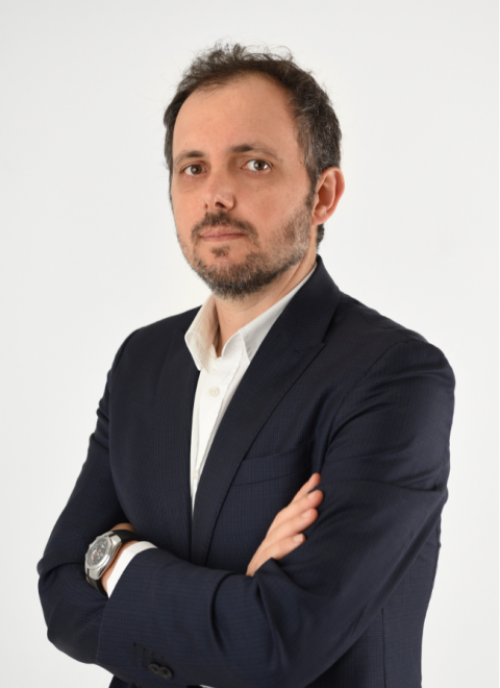Growth Trap – the invisible economy
This article published on Bloomberg addresses the topic of intangible assets and how they are dominating the new economy in contrast to the economy of traditional, heavier companies, with a balance sheet full of physical assets.
According to the article, it is estimated that about 75% of the value of the S&P 500 is derived from intangible assets.
Today's large companies depend less on tangible assets and human resources and more on concepts such as brand, users, formulas, algorithms, software, intellectual property.
This model makes companies lighter and more flexible, more open to the world (scalable), but also more unstable from an accounting point of view. For example, when we look at the balance sheet and book value of the company and its market value, we see huge discrepancies. These are companies with invisible assets, which are not on their balance sheets, but which are expected to generate high future returns.
During the 2008 financial crisis, off-balance sheet operations that impacted the financial industry, particularly in banks, were questioned. Now, the size of technology or related companies is questioned, where tangible assets are of little value when compared to the company's market value.
There is a correlation between invisible or intangible assets and the market capitalization of these companies.
Just look at the preponderance of some companies in the respective indices. For example, on the S&P500, Apple, Microsoft, Amazon.com, Alphabet and Facebook are now worth about 23% of the index and close to half of the Nasdaq100 (source bloomberg).
Concentration does not only happen in American indices and is not a new topic. Luís Silva addressed it in an article on the Future Proof blog and in the most recent issue of FundsPeople magazine the theme of hyper-concentrated indexes is analyzed.
Invisible assets and the hyper-concentration of indices call into question the concept of diversification, especially in smaller indices where the concentration of the TOP 10 companies is well above 50%. Passive management itself may be becoming too active and subject to specific risk like any active strategy.
Volatility may also take on other contours. Companies with large differences between book value and market value, that is, with invisible assets, are more difficult to assess and less predictable.
We know that many of these companies make a lot of money and consistently generate positive results. But others, perhaps most, don't make that much money and don't generate positive results.
Are we entering an era of growth trap as opposed to value trap?
The pandemic accelerated the evolution of the invisible economy model. But the speed of this evolution was not the same for areas such as accounting and taxation. And this could jeopardize the proper functioning of the market in the future.
The growth trap is a term used by Jeremy J. Siegel in The Future For Investors. It's the investors' illusion of overvalued companies in highly competitive industries where the product is often us. The illusion of investing in companies with market multiples so high that they represent “incredible” opportunities for long-term success that investors cannot miss!
The digital revolution, accompanied by the green revolution, is there. But we cannot let emotion guide us in the market.
This is the trap. An illusion of the future that was bright.
For some reason, the last verses of this song are:
"Frankenstein would want your mind
Your lovely head"

Vítor is a CFA® charterholder, entrepreneur, music lover and with a dream of building a true investment and financial planning ecosystem at the service of families and organizations.
+351 939873441 (Vítor Mário Ribeiro, CFA)
+351 938438594 (Luís Silva)
Future Proof is an Appointed Representative of Banco Invest, S.A.. It is registered at CMVM.

